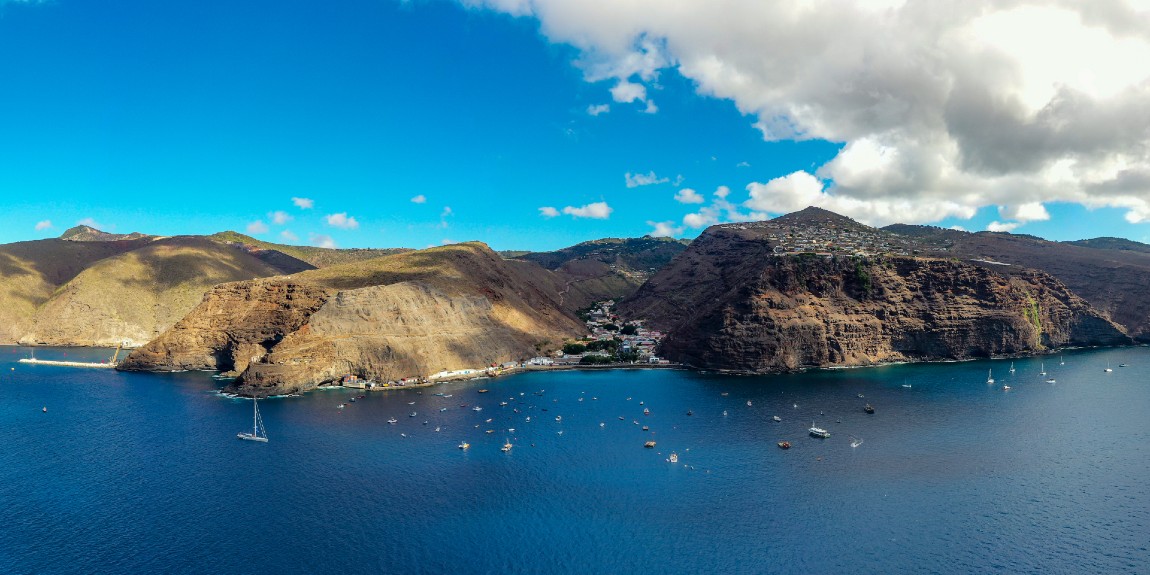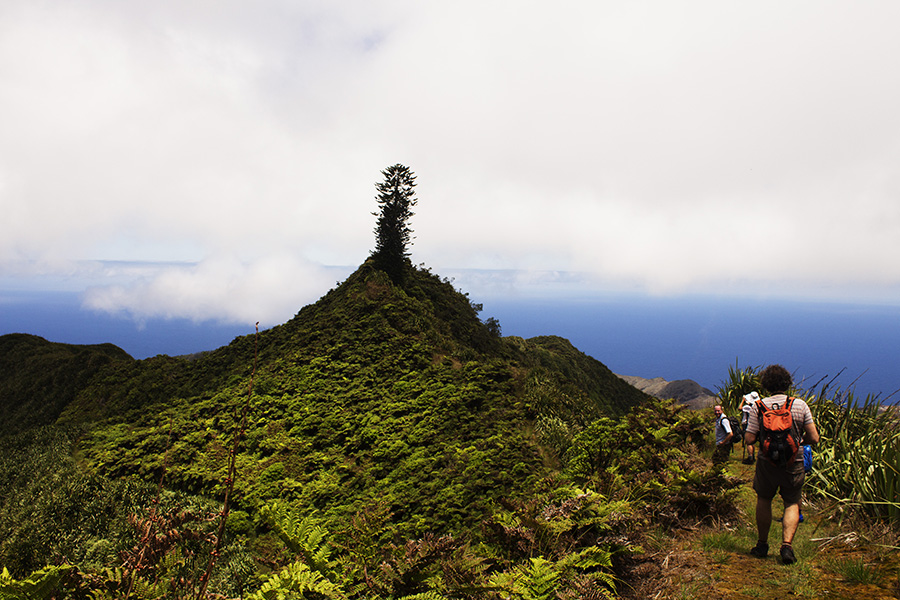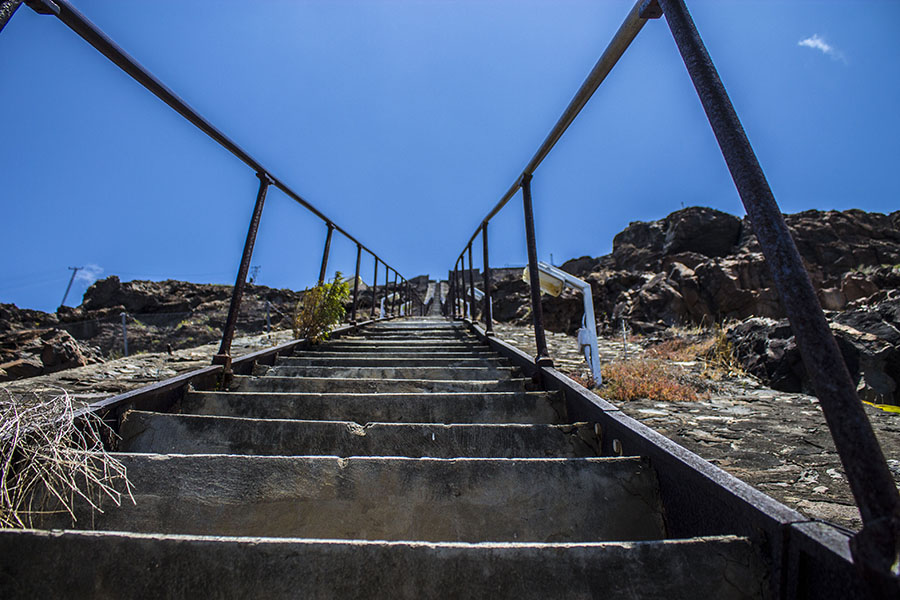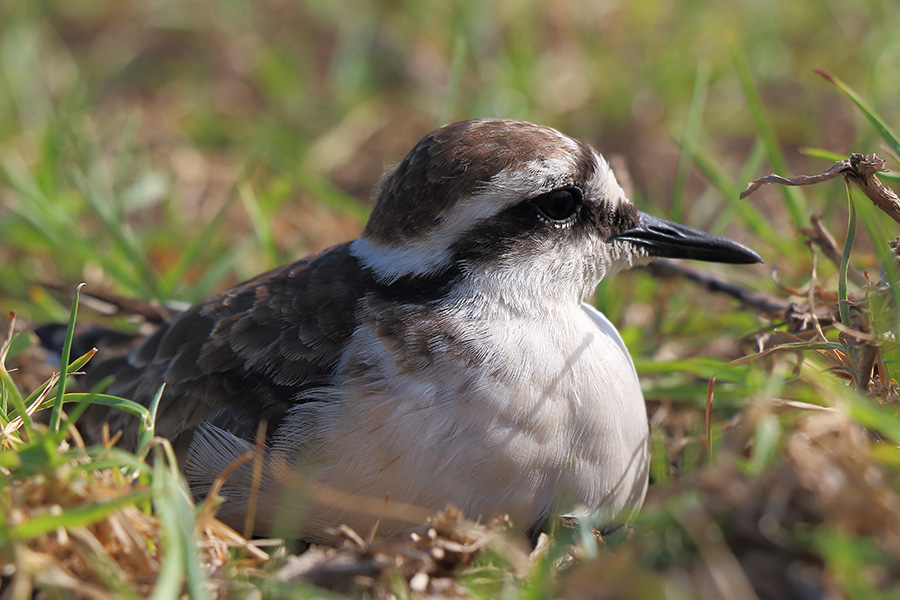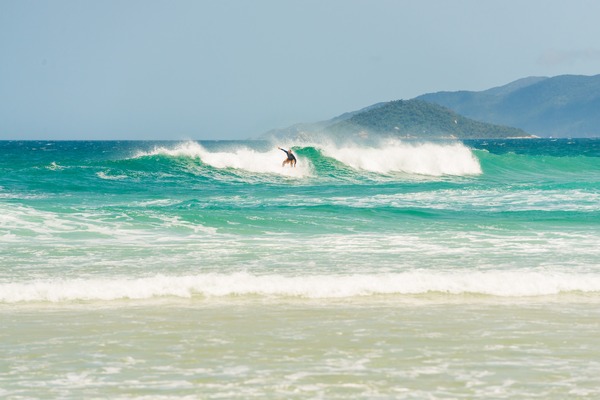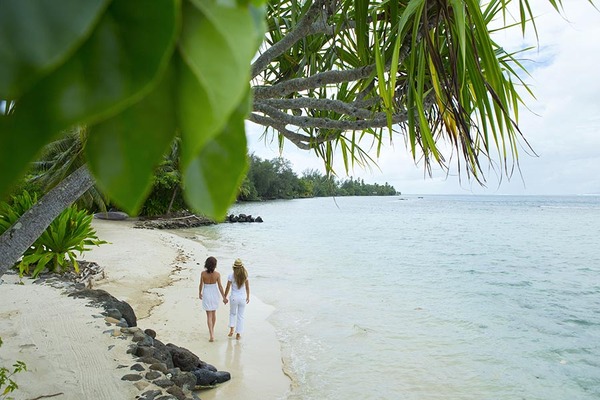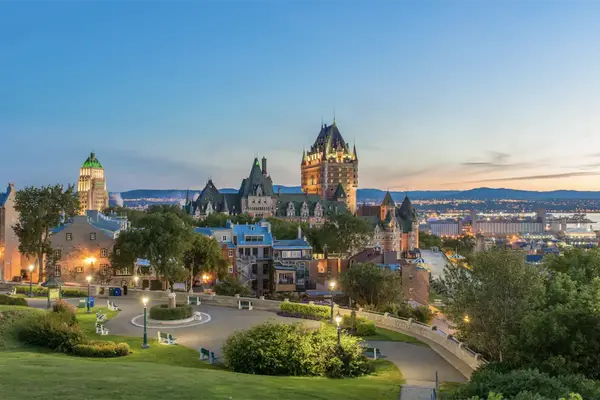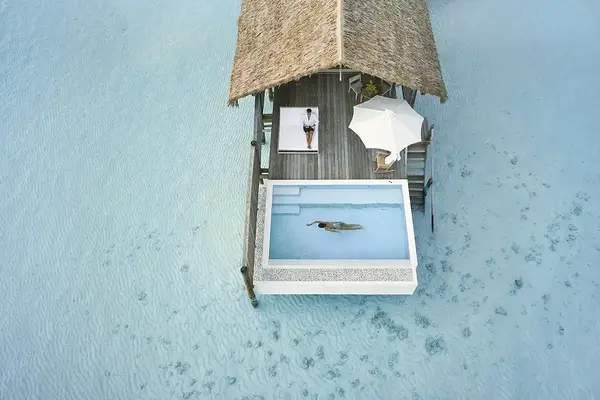10 things we've learnt about St Helena as it becomes easier to get there
A second weekly flight from Johannesburg to St Helena, starting today, brings more flexibility to clients looking to visit St Helena – here’s why they might be tempted...

Today sees Johannesburg-based airline, Airlink doubling its scheduled flight service between South Africa and St Helena in the South Atlantic Ocean. In addition to the weekly scheduled flight taking place each Saturday from Johannesburg, until the end of February there will a second weekly departure, resulting in a further 13 flights available to travellers over the peak season. This increased flight frequency means more passenger capacity, providing more flexibility around travel dates and length of stays, making it even easier to explore one of the world’s most remote inhabited islands. And with plans underway for connectivity with Cape Town, the future is bright for the destination.
Located nearly halfway between southern Africa and Brazil, St Helena rises dramatically from the midst of the ocean. The subtropical island was formed by two volcanic eruptions; the oldest was around 12 million years ago, and both volcanoes are now extinct. There’s a world of landscapes to be enjoyed on this tiny island. Rich-green central forests morph into rolling pasturelands, that cascade into rocky clifftops and jagged shore lines.
Discovered by the Portuguese, the British then took possession of St Helena, treating it a strategically important port of call during the British Empire until the opening of the Suez Canal and the advent of steamships.
St Helena remained uninhabited until its discovery in 1502
This isolation gifted St Helena astounding levels of biodiversity – more than 500 species are only found in St Helena. Nearly all of these species are rare and / or threatened, but thanks to St Helena’s small population, limited large-scale development and focus on conservation, many of these species are being brought back from the brink of extinction. A good example of this is the national flower, the St Helena Ebony. This was believed to be extinct until its 1980 rediscovery – although it’s still critically endangered, today several thousand plants exist on the island.
There are 4,400 Saints living on the island
They speak English, though often with a strong local dialect. As such, conversations between Saints can be extremely fast-paced and almost unrecognisable to other English-speakers. Saints, descendants of sailors, settlers and slaves, are friendly people – drivers wave as they pass one another, there’s a sense of authenticity and safety on the island, and visitors feel like they’ve stepped back in time to small-town Britain of days gone by.
St Helena was chosen as Napolean’s place of exile… because it’s inescapable
In June 1815 at the Battle of Waterloo, French Emperor Napolean Bonaparte was defeated for the final time. As he had already escaped one exile, the British needed somewhere essentially inescapable to send him: the Overseas Territory of St Helena Island was the perfect place. He spent five and half years on the island – he was permitted to travel around the island if accompanied by a British officer. He died there, aged 52 on 5 May 1821, and was buried in the Sane Valley until his body was exhumed and returned to France in 1840.
For those who like a challenge, there’s Jacob’s Ladder
Jacob’s ladder is a massive outdoor staircase of 699 steps cut into the mountainside between island capital Jamestown on the valley floor and Half Tree Hollow. Originally constructed as a means of carting goods in and out of Jamestown, the ladder is 600ft high and the record climb is just over five minutes. Visitors can log their time at the museum, which issues certificates to successful climbers.
St Helena has its own coffee plantation
St Helena coffee is one of the most highly valued coffees in the world. The green-tipped bourbon Arabica strain was imported from Yemen in the 1700s and has since remained free from cross-breeding and disease. Visitors can tour the local coffee plantation and help harvest the beans. Similarly, the St Helena Distillery is the most remote distillery on earth, offering local gin, rum and St Helena coffee liqueur.
The marine protected area that surrounds St Helena is nearly the size of France
In this patch of the South Atlantic more than 800 marine species exist, including at least 18 found nowhere else in the world. Dolphins (pantropical, bottlenose and rough-toothed) can be sighted year-round, humpback whales visit June – December and whale sharks December to March. St Helena is considered one of the best places in the world to swim with these gentle giants.
The modern world arrived late to St Helena
TV only arrived on the island in 1995, Internet (broadband) was introduced in 2007 and mobile phones followed in late 2015. St Helena’s first (and only) airport opened in 2017, after making headlines due to delays over wind-related safety concerns. Weather-related delays can still be a factor.
The national bird of St Helena is the wirebird
The island’s last remaining endemic land bird features on St Helena’s coat of arms as well as the airport logo. The Saint Helena National Trust operates a project dedicated to protecting and restoring the wirebird population, and gives wirebird tours that are best enjoyed during nesting season (December-January).
St Helena has the last remaining natural cloud forest on British soil
At the heart of the island is St Helena’s highest peak, at 2,690ft (820m), Diana’s Peak is more than twice the height of the Eiffel Tower above sea level. The surrounding area is densely vegetated and contains a few other peaks – forming the Peaks National Park conservation area. This area has a natural cloud forest, which provides the majority of the island’s freshwater.
The island has its own celebrity… Jonathan, the tortoise
Jonathan holds two Guinness World Records: The world’s oldest living land mammal and the oldest chelonian to have ever lived. He resides in the grounds of Plantation House, which have long been home to giant tortoises – currently it has four of them. He is one of the few surviving Seychelles Grand Tortoises – he arrived to St Helena in 1882, as a mature adult of at least 50 years, presented as a gift to the governor. By 2022, when he celebrated his 190th birthday, he had seen more than 30 governors pass through Plantation House.
Book it: Rainbow Tours’ 11-night Discover Saint Helena tour starts from £4,995pp including accommodation with breakfasts, return economy class international flights from Heathrow, transfers and excursions. Based on two adults sharing; rainbowtours.co.uk
